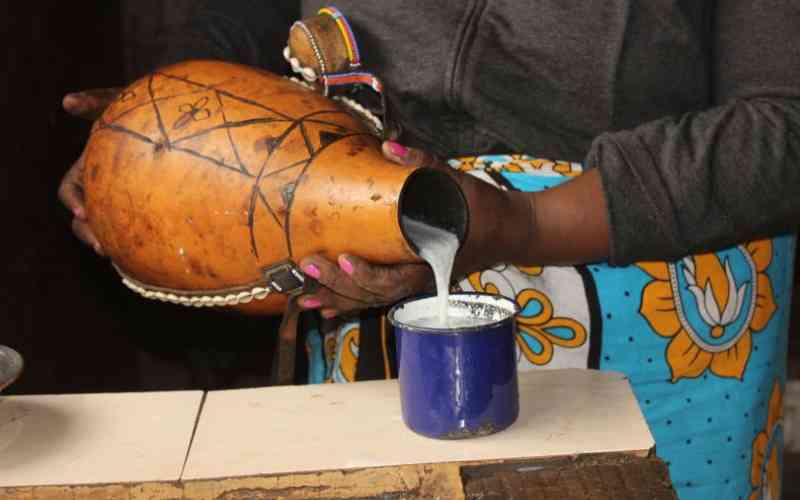×
The Standard e-Paper
Join Thousands Daily

Mursik expert Ester Kemboi taking trough the process of making quality and health Mursik before serving on the table with Ugali at her rural home in Chirchir, UasinGishu county
Dairy consumption in Kenya has been increasing, but product trends are moving away from fluid milk to processed dairy products. Consumers are interested in locally produced products as well as specialty products.